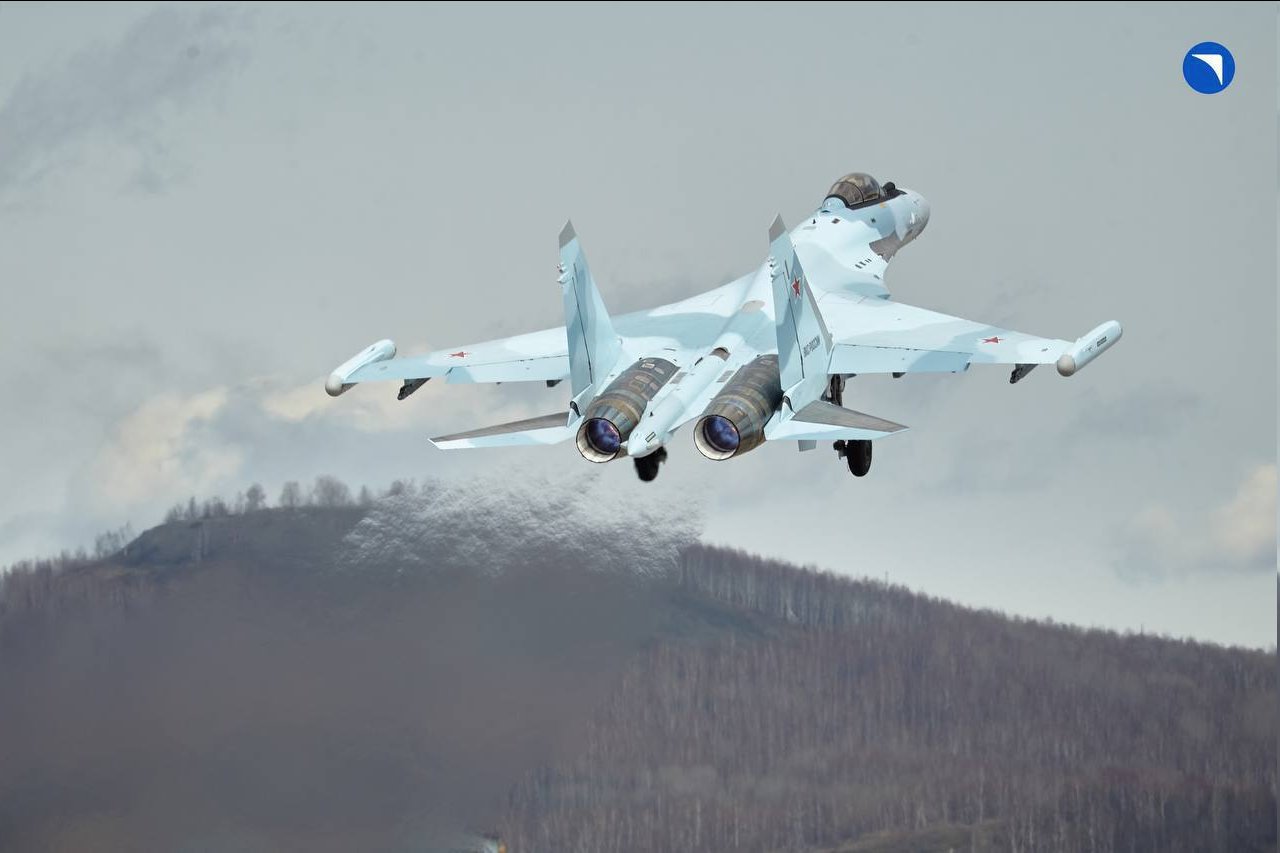Ukraine to receive new IRIS-T systems
Ukraine is to receive four new IRIS-T air defence systems and missiles under a €2.2 billion (£1.8 billion/$2.4 billion) contract signed with Diehl Defence during a meeting between Ukrainian Defence Minister Rustem Umerov and German Defence Minister Boris Pistorius, on the 28th May.
This announcement comes after an MoU that Ukraine signed with Diehl in March, which promised “a threefold increase in the supply of missiles and air defence systems,” according to the Ukrainian MoD.
During the visit, Umerov and Pistorius discussed an approximately €5 billion (£4.2 billion / $5.6 billion) aid package that has been approved by Germany’s Bundestag. Germany signed a letter of intent to finance the purchase of long-range weapons manufactured in Ukraine valued at “hundreds of millions of euros,” according to the Ukrainian MoD. “This initiative is a direct strengthening of the Ukrainian defense-industrial complex and units of the Defense Forces that use deep strike weapons,” Umerov emphasised.

Umerov and Pistorius met following a press conference held between Merz and Zelensky in which further German support was pledged for Ukraine. Credit: Ukrainian MoD
“The weapons systems will be quickly available to the Ukrainian armed forces – the first ones can be deployed in just a few weeks,” the German MoD said in its own press release. Adding that Ukraine has untapped industrial potential. This appears to follow initiatives like the Danish model, which uses funding from Ukraine’s partners to fund the production of equipment in Ukraine. Denmark appears to have focused on the 2S22 Bohdana self-propelled howitzer.
However, Germany’s Chancellor, Friedrich Merz said in a separate statement that Germany’s industry would cooperate with Ukraine’s in the development and production of the long-range strike systems. “”This will be a cooperation on an industrial level, which can take place both in Ukraine and here in Germany,” Merz said in a press conference with President Zelensky. Future military aid for Ukraine would be kept confidential, he added.
This industrial cooperation could refer to a lot of different systems and capabilities, German company Helsing is producing long-range loitering munitions for Ukraine, for example. But Ukraine also produces its own domestic missiles and one-way attack drones that can reach well into Russia.
In a similar vein, the two ministers agreed on German investment in medical equipment produced in Ukraine as well as encouraging further investment in Ukraine’s own defence industry. The aid package will also cover the procurement of additional ammunition for air defence systems and other land weapon systems.
Germany has also reached out to other nations in a bid to secure funding for Ukraine’s air defence systems under an initiative called Immediate Action on Air Defence, which has raised €1 billion ((£0.8 billion/$1.1 billion) the German MoD states. This initiative has now been turned into the Enduring Action on Air Defence, “permanent effort by all partners to strengthen Ukraine’s air defence,” the MoD said.
Tech profile: IRIS-T
IRIS-T is available as a medium-range (the SLM) and short-range (SLS) air defence system providing an interception envelope of 40 km and 12 km respectively. They are designed to be capable of engaging large salvos of threats with a high rate of fire and good interception rates. The battery configurations can vary and Ukraine’s SLS systems appear to be mounted on a pair of Iveco trucks.
Calibre comment
Of course the context for this focus on air defence is the intensified Russian strikes against Ukraine’s critical national infrastructure. In particular, the use of Shaheds or Gerans, a relatively cheap one-way attack drone, has increased significantly. Weekly launches averaged around 200 Gerans in September 2024, but have increased to more than 1,000 per week since the beginning of May. This is combined with changes in their design that enable the Shaheds to fly higher, making them more difficult to shoot down, and larger more lethal warheads that mean they cause more damage when they get through. Russia also combines the launches with decoys that make it harder for Ukraine’s air defences to figure out what the real threat is.
The number of GPS antennas has also increased, with some Shaheds and Gerans now recovered with 12 antennas, which increases the challenge of jamming or disrupting them by an order of magnitude. This is all combined with the regular use of ballistic and cruise missiles flying more complex and challenging flight profiles. As a result of the increased mass involved in the air strikes, there has been an increase in successful hits.
So, the additional IRIS-T systems will no doubt be welcome, but a lot depends on the quantity of ammunition supplied, and how quickly it is delivered. While Ukraine’s air defenders are no doubt effective and capable in their roles, it still takes at least one missile to bring a given target down. It follows that if the systems are supplied with only a single reload for all of their launchers, that the package will only add a few week’s worth of interceptors to the Ukrainian inventory at best.
By Sam Cranny-Evans, published on 29th May, 2025.

Sign Up for Updates!
Get insider news, tips, and updates. No spam, just the good stuff!






